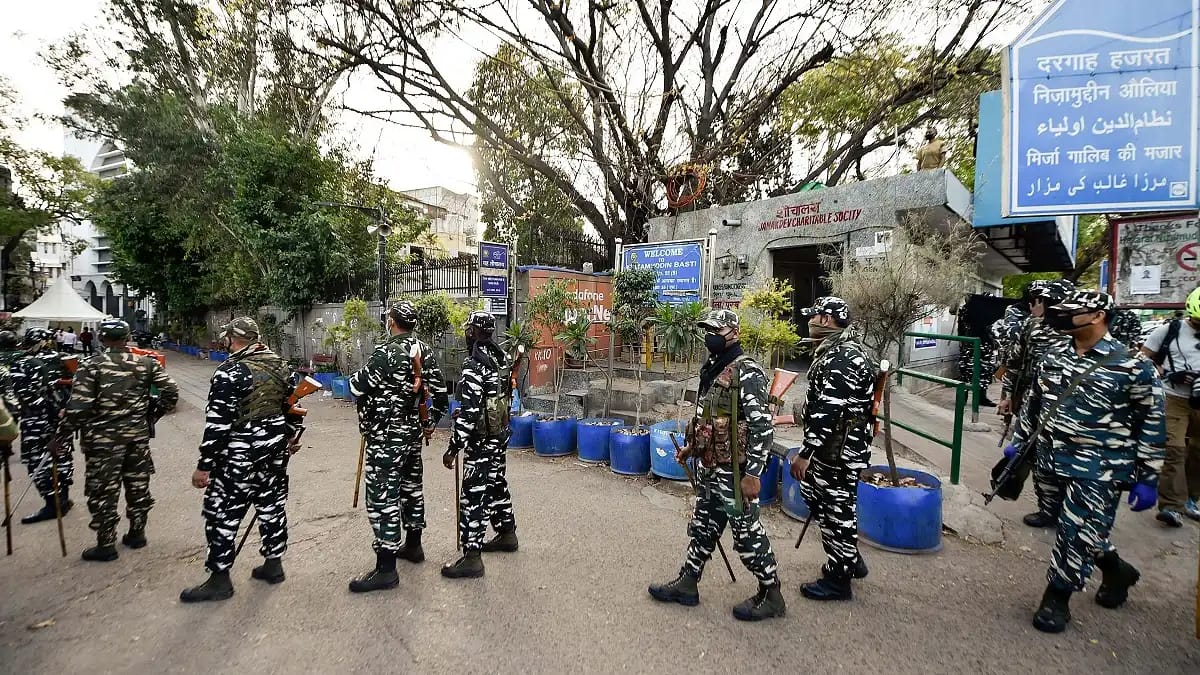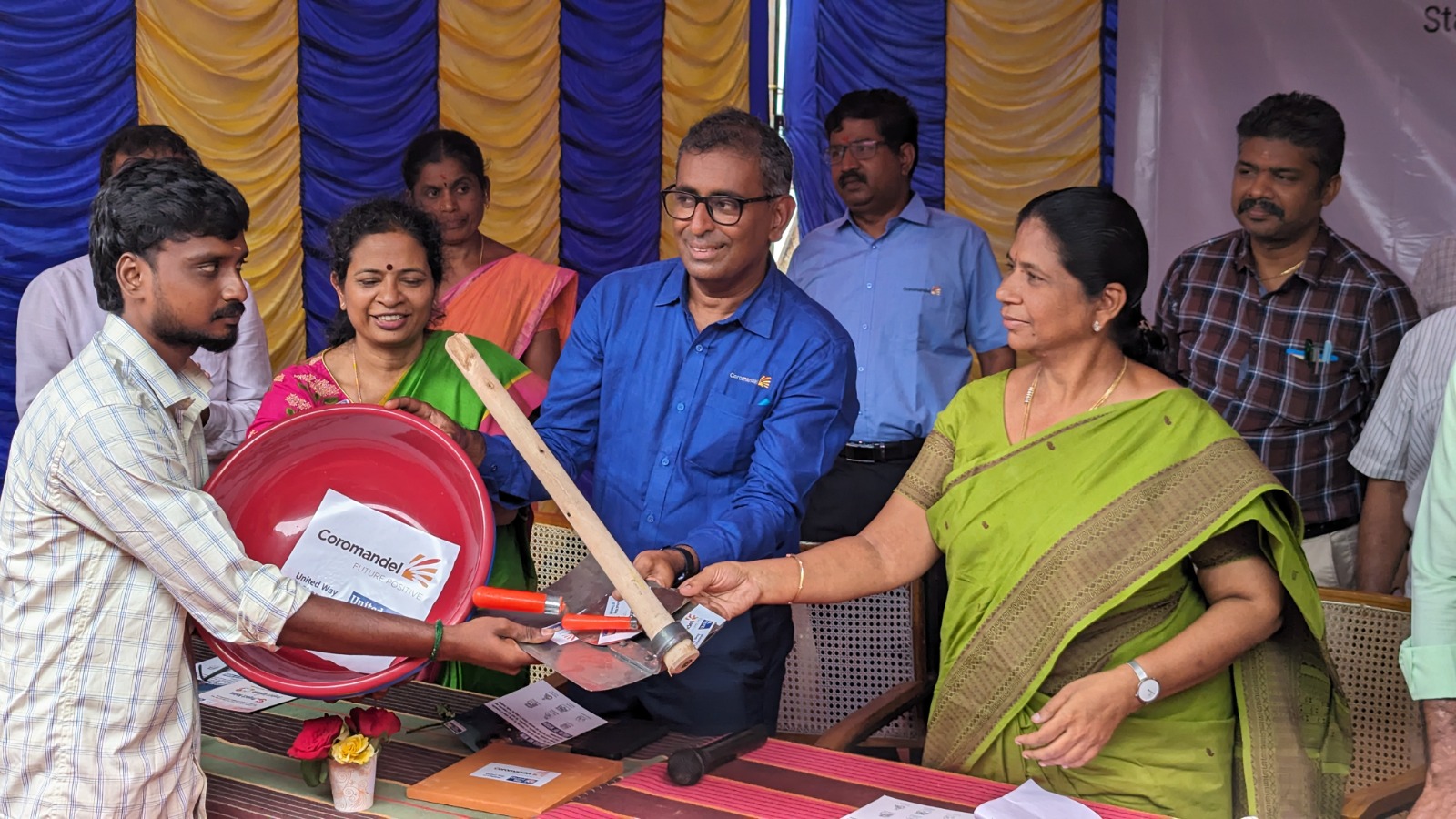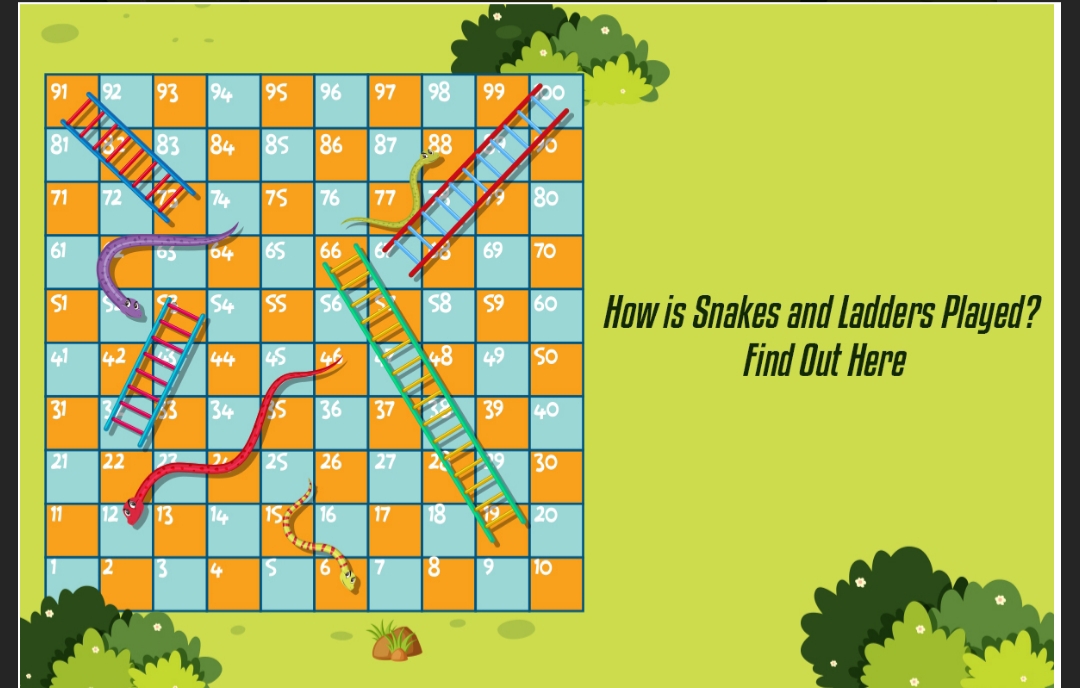Trending Now
- 830 voters names go missing in Kavundampalayam constituency
- If BJP comes to power we shall consider bringing back electoral bonds: Nirmala Sitaraman
- Monitoring at check posts between Kerala and TN intensified as bird flu gets virulent in Kerala
India News
COVID-19 Peak Deferred By At Least Two Weeks In South India
![]() April 11, 2020
April 11, 2020
When India first began witnessing positive cases of COVID-19 outside of the initial few in Kerala, authorities were quick to implement a lockdown on March 24 to contain the spread of the virus.
The rationale behind the lockdown was that the country expected to witness a large spike of positive cases between April 07 and April 10. Following this peak, the cases were expected to reduce and gradually ebb away.
But the best laid plans, though, can go awry and in south India, it certainly did. Once cheerful bureaucrats in Karnataka and Tamil Nadu lost their chutzpah almost overnight in late March. It has taken them a week to regain some degree of confidence, though cautiously so.
“Due to this unforeseen event, we are foreseeing that the peak will come only after two weeks,” said a senior bureaucrat in Tamil Nadu who did not wish to be named.
The Evolution Of The COVID-19 Strategy
Guided by the Indian Council for Medical Research (ICMR), all state governments have been slowly ramping up testing, focusing their energies on select populations.
The initial testing was focused on those who had returned from abroad, specifically from a group of countries like Italy, France and Iran that had reported infections.
There were two reasons for this targeted testing – the first was to ensure positive cases did not enter the country from abroad and the second was that there was a global glut in the number of testing kits available.
As the Indian government began to procure more kits and more labs were approved for testing, states too began to test more. The focus, while still on the returnees from abroad, now widened to include their primary contacts who showed symptoms of infection.
By March 23, the ICMR had approved the testing kits manufactured by Indian firm MyLabs and this paved the way for states to accelerate testing even further. They began to test all patients who had SARI or Severe Acute Respiratory Infection.
As kits began to arrive rapidly, the next step was to test everyone in the population who showed the three key symptoms of the viral infection – dry cough, fever and breathlessness or breathing trouble.
This was when an incident jolted the south Indian states and forced them to quickly change testing strategy.
A Congregation & Its Consequences
As The Lede had earlier reported, the Tablighi Jamaat conference is held at Delhi’s Nizamuddin Banglewali Masjid every two years. The devout from all over the country attend the event and preachers from abroad too visit the conference.
Different days are allocated for different languages in order to facilitate translation.
The Indian government’s oversight in allowing preachers from infected countries to travel around and preach and the Delhi police’s lack of action in cancelling the event in the interests of public health ensured that south India had a big problem at hand.
Most of those who attended the event had returned home and mingled with family, friends and neighbours. Some had held celebrations, the norm for those who visited the conference. Many had travelled by public transport – trains and buses – and the states did not even have a clue as to how many people had actually gone to the conference.
“Our doubling rate is 4.1 days at present. But if additional cases reported due to the Tablighi Jamaat had not happened, then the doubling rate would have been 7.4 days,” said Lav Agarwal, joint secretary in the union Ministry of Health, at a press meet on March 05.
How The Cluster Was Detected
The first state to detect and sound the alarm about the cluster from the Nizamuddin Markaz was Telangana.
The first clue came on March 17 when authorities identified and quarantined an Indonesian preacher in Karimnagar. Eight more Indonesian preachers, all of whom had arrived together by train from Delhi, were identified subsequently.
While the authorities initially believed that they had contained the lot, on March 26, a 74-year-old man from Khairtabad in Hyderabad, died at a private hospital. Post mortem testing revealed that he was COVID-19 positive. This was the first death from the virus in the state.
Inquiries revealed that the Indonesians as well as the victim had both attended the Nizamuddin Markaz meeting in Delhi. Telangana officials warned the Delhi government and the Centre about a possible cluster that was quickly turning positive.
Although the Centre attempted to take the credit for identifying the Markaz cluster, Telangana stoutly denied the claim. “It is Telangana state which informed the Centre about Markaz,” health minister Etela Rajendra said in an April 01 press release.
Tamil Nadu too arrived at the same conclusion around the same time as Telangana, as Thai and Indonesian nationals – Islamic preachers – were found in various districts. Some of them had no links with the Tablighi Jamaat while some others had attended the meeting.
The Intelligence Bureau swung into action and began to collect mobile phone data in the Nizamuddin area. Mobile numbers that were active during the days of the conference in the month of March, were collected, sorted out statewise and sent by the IB.
A good amount of confusion resulted from this exercise. For instance, Karnataka, upon calling some numbers from the 1500-strong list, found that one of them belonged to an IAS officer who was a Hindu. Similarly, Andhra Pradesh’s list had many Hindu and Christian names in them. Wading through the mass of numbers and identifying those who had actually attended the conference was not an easy task.
On the ground, many of the attendees, afraid for a variety of reasons, refused to cooperate with the authorities.
In just over a week though, most southern states have managed to identify all those who returned from the Nizamuddin Markaz and have also begun the task of identifying and testing their primary contacts.
Here are the details so far about the status of testing of the cluster and contacts.
Nizamuddin Markaz returnees’ dataSource: Respective state governments
Tamil Nadu: Cautiously Confident
1480 persons who attended the Nizamuddin Markaz have been identified and isolated. A total of 3184 samples have been sent for testing, of both those who attended the event as well as their primary contacts. Of these, 763 persons (attendees and contacts) have tested positive so far.
(All data is as on April 09)
“We have completely screened Tablighi visitors. Now testing is on for the family members of positive cases among them. Tests will be completed today,” a government official told The Lede on Thursday.
Telangana: Silence Resounds
Information from the state is sporadic and with little detail. However, The Lede managed to speak with health minister Etela Rajendra over phone and we got some answers.
A total of 1089 attendees of the Markaz have been identified in the state. Another 35, he said were in quarantine in Delhi.
“We have tested all of them. Including their family and friends we have tested 3500 samples out of which 388 were positive. Now we are testing their contacts and relatives. It is a difficult task to find out with whom they have been in contact. If one turns positive then we have to gather all their contacts. It is a never-ending chain. From April 09, we are expecting cases to come down,” said the health minister.
He said that all returnees had been identified and 99% of their contacts too had been traced. When asked about whether the Nizamuddin cluster had delayed the ongoing strategy, the minister said that was not the case.
“I don’t think our strategy was delayed because of Nizamuddin cluster. In fact after finding out Nizamuddin people, we have identified a few areas as containment clusters and made strict rules in those areas, not allowing people to enter or exit those areas. But the problem with this COVID-19 is, it spreads very easily. It is not that if one person gets it he will be treated and sent. He will spread it to 10-15 people and in turn these people will spread this to another 50 people. That is the main headache of this disease,” he added.
The Lede has been independently able to verify that a fresh panic has emerged in Nirmal district of Telangana. Two employees each from revenue and panchayat raj departments tested positive for the virus, one of them a returnee from Nizamuddin Markaz.
The revenue department employee works in the Narsapur Mandal as a Village Revenue Assistant (VRA). He attended the Nizamuddin Markaz and returned on March 18. He was allowed to break quarantine and get back to work after just ten days as he had no symptoms of COVID-19.
But five days ago, he was shifted to the Nirmal government quarantine ward on suspicion of having the infection and later tested positive. He was then shifted to Gandhi Hospital in Hyderabad.
The local panchayat secretary, his primary contact, has also been shifted to Nirmal quarantine ward on suspicion of having the infection. On the night of March 08, he too tested positive and was to be shifted to Gandhi Hospital on Thursday.
The district collector and joint collector are frantically attempting to find all those whom the infected persons had come into contact with.
According to sources, the VRA, upon his return from Delhi, distributed dry fruits to many officials and colleagues including the Tahsildar. Offering dry fruits to senior officials after such visits and on festive occasions is a custom in the district. The VRA on the occasion of his return from a holy trip reportedly offered dry fruits to the Tahsildar and other officials in the district.
Now the district administration has reportedly instructed the closure of the Mandal office and the Tahsildar has been advised to remain in home quarantine. Similarly, in the Mandal Panchayat office the Mandal Development Officer and the Mandal Panchayat Officer have also been asked to isolate themselves as they interacted closely with the Panchayat Secretary, who tested positive.
Bhainsa, a town in the same district too has a similar story. A vegetable vendor attended the Markaz in Delhi and returned home on March 18. After his return, he reopened his shop and did business for about 10 days. However, on the 11th day he was tested positive and was shifted to Gandhi Hospital.
The first death that took place in Telangana, who was also the person that pointed state authorities in the direction of the Nizamuddin Markaz, was taken by Saifabad police to Gandhi hospital after he passed away in a private hospital on March 26.
This led to the first coronavirus infection within the Hyderabad police department, with a head constable working with the Saifabad police station testing positive. 12 members of the staff at the station are currently in quarantine.
Andhra Pradesh: Jolted Into Action
As far as Andhra Pradesh is concerned, the total number of returnees from the Nizamuddin Markaz are 1085. State nodal officer Arja Srikanth told The Lede that all returnees have been identified and their samples taken.
The number of contacts of the returnees identified so far are 1297. A total of 2573 samples have been collected including those of contacts traced. Of these, 325 are positive. Andhra’s total number of positive cases is 348.
“We have almost narrowed down all the contacts,” Arja Srikanth said in a phone interview with The Lede. “All the primary contacts will first be kept under home quarantine and monitored for 3-4 days. They will then be tested once. If the test is positive, they will be moved to isolation wards and we will test them again after 8-10 days. If they test negative the first time, we will ask them to remain in home quarantine and monitor them closely. All primary contacts (of the returnees) are being tested as well,” he said.
Srikanth also explained how the state had successfully deployed four lakh village and ward volunteers to monitor households and report if symptoms show up.
“We have four lakh village and ward volunteers across the state,” he explained. “We have established a village secretariat. For every 50 houses there is one volunteer, staff recruited by government in the secretariat. All these ward volunteers in the cities and village volunteers in the rural areas, have done the first phase of survey. In Andhra we have 1.46 crore households. Out of which we have already surveyed 1.43 crore households. We have already completed 98% of the households,” said Srikanth.
This survey has brought mounds of data to the government – about those who had returned from abroad, from the Nizamuddin Markaz and from other cities where infections are high.
“We have the data of everyone now – who has come from Delhi, who has come from Ludhiana, whether they have any symptoms. Once we got this feedback, we identified 6289 persons through village and ward volunteers and sent them to the medical officers. The medical officers checked them and said 6158 persons are asymptomatic. The medical officer said 1750 persons have to be sent into home quarantine. He said 15 persons need to be tested. So we have done as recommended,” said Srikanth.
The village and ward volunteers also monitor the over 24,000 persons who are under home quarantine.
“During home quarantine, if any of these people develop symptoms, we will immediately shift them to hospital,” explained Srikanth. “The ward and village volunteers will monitor them morning and evening at their homes. Let me give you an example. If in his 50 houses, a village volunteer sees an old man cough during his morning rounds, he will go back there in the evening. He will have to see the old man, get his Aadhar card and his mobile number and hand it over to the medical officer. If the cough persists for the third day, our police van will go. The police will pick up the patient and put them in isolation ward,” he said.
Andhra Pradesh which had a slow start was jolted into action once the Nizamuddin Markaz event was discovered.
Karnataka: Identification Incomplete
A total of 1176 persons – returnees from the Markaz as well as their contacts – have been tested in Karnataka. 976 have tested negative of these and 40 have tested positive. Karnataka state authorities said that there were 581 more Markaz attendees who were outside the state.
While it is not known officially whether the Karnataka state has managed to identify all of those who attended the Nizamuddin Markaz, the daily medical bulletin released by the state provides a clue.
“Any person who has attended Tablighi Jamaat Congregation at Nizamuddin Markaz Masjid in New Delhi, kindly contact 080-29711171 Arogya Sayavaani,” reads the bulletin.
“This is a dynamic list and it will change,” said state education minister Suresh Kumar at a press interaction on April 08.
Kerala: Fewer Numbers
Kerala is loath to provide details of returnees from Nizamuddin, perhaps to ensure that they are not surrounded with social stigma.
As on April 09, over 12,700 samples had been tested overall including returnees from the Markaz.
Responding to The Lede’s queries, chief minister Pinarayi Vijayan said, “Based on the list of those who have participated in the Nizamuddin meet, we have done tracing and it is an ongoing process. However, if some have participated and come back earlier, they should also come forward. They don’t have to be concerned about other issues. Now priority should be given for life saving treatment. They should come forward. They can. They don’t have to worry about other things. They shouldn’t have any other concerns here in Kerala,” he reiterated.
On April 02, the chief minister told media persons that 60 people who had returned from the Markaz had been identified and were under observation in the state. Until April 09, four returnees from Nizamuddin had tested positive in the state.
Reports peg the total number of attendees at over 300 but there is no official confirmation as to how many attended, how many returned and whether the state has identified all of the returnees.
Extension Of Lockdown
On April 09, the ICMR added to its testing strategy yet again by asking states to test everyone with “fever, cough, sore throat, runny nose” in hotspots or clusters and in large migration gatherings or evacuee centres.
In Tamil Nadu, chief secretary K Shanmugam, in a press interaction, stated that so far, all positive cases had emerged from zones already declared as containment areas. “It is our endeavour to keep it that way and to ensure that there is no further spread,” he said.
The medical experts team in Tamil Nadu, he said, had recommended that the lockdown be extended by another two weeks. “The final decision will be taken by the Chief Minister after the meeting with Prime Minister tomorrow (Saturday),” he added.
Telangana’s chief minister K Chandrasekhar Rao has already appealed to the Prime Minister to extend lockdown until June 03.
Kerala’s medical expert committee report too has recommended extension of the lockdown.
In this time, these states hope to aggressively test anyone with symptoms within containment areas and to launch rapid testing to identify community spread, if any.






















